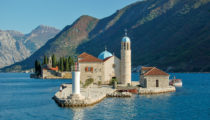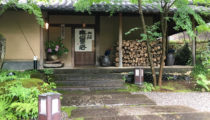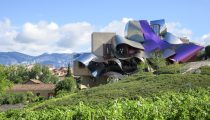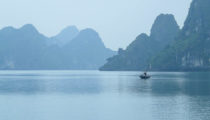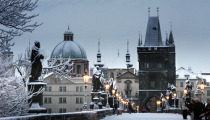April 28, 2011
Versailles Beyond the Palace: Markets, Gardens, Antiques, Nature and Luxury
Versailles is one of the most interesting and elegant cities in France. Our private France tours bring travelers to our favorite spots in Versailles, many of which are rarely visited by international travelers.
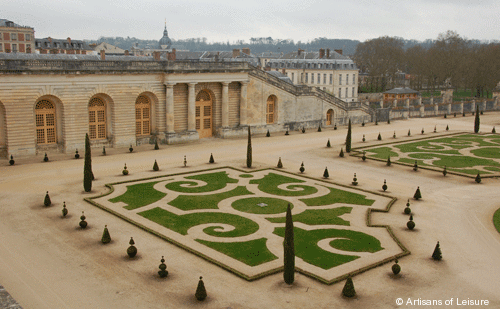
One of the grandest royal palaces in the world, the Chateau de Versailles is a magnificent Baroque complex set on thousands of acres of gardens, parkland and forest. Built between 1661 and 1710 for King Louis XIV, the Sun King, on the site of his father’s hunting lodge, Versailles Palace became the opulent residence of the French royalty and court until the beginning of the French Revolution in 1789.
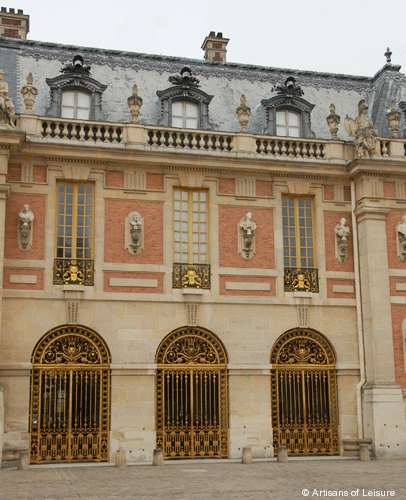
The extensive gardens of Versailles Palace are another highlight of a visit. Laid out in the late 17th century by Andre le Notre, the gardens are a formal arrangement of terraces, flower beds, sweeping lawns, parterres, fountains, allees lined with sculptures and potted trees, groves of manicured trees, and more. On summer weekends, fountains throughout the gardens of Versailles Palace come alive in spectacular displays of spouting jets, playful spurts and gushing cascades, all accompanied by classical music.
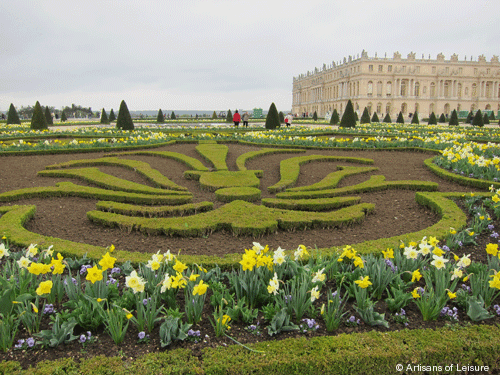
The Petit Trianon is a miniature palace on the grounds of Versailles. Built for Madame de Pompadour, the mistress of King Louis XV who died before occupying it, the neo-Classical palace was given to Marie-Antoinette by King Louis XVI in 1775. The queen used the palace as an escape from the strictures of life at the French court.
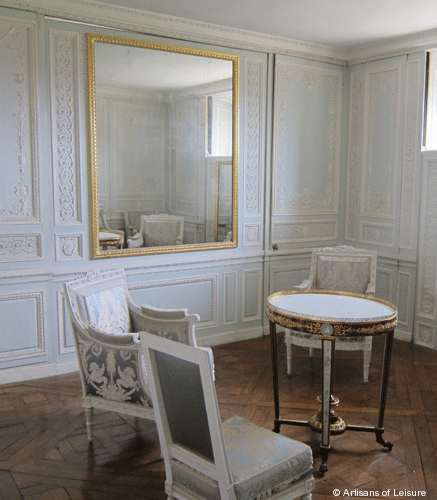
She had the gardens surrounding the Petit Trianon re-designed in the English style, in contrast to the formal French gardens that dominate at Versailles.
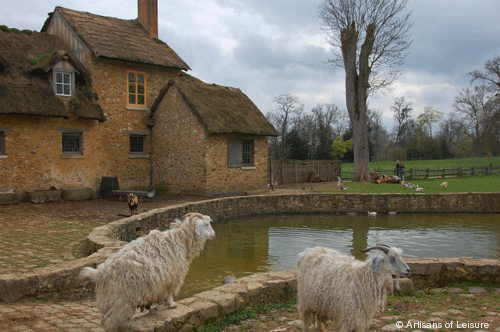
In 1783, Marie-Antoinette ordered a mock hamlet to be built on the grounds near the Petit Trianon. The resulting Hameau de la Reine is a tiny Norman-style village that served as a model farm and rustic retreat for the queen. A picturesque mill, a barn and thatched roof cottages on the edge of a pond made the Hameau a living theater set. The queen came here to relax, dressing in peasant garb to tend to garden plots (or watch them being tended to), visit the dairy, and generally play at simple country life.
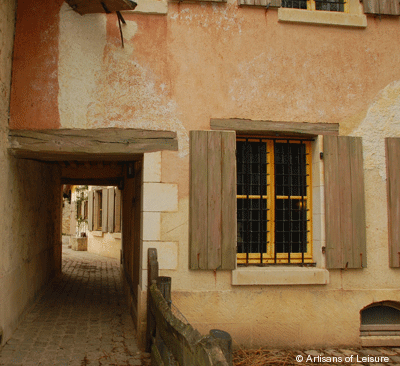
Beyond the palace, the town of Versailles is also full of elegant architecture. The two main neighborhoods, Notre-Dame and Saint-Louis, feature historic residences, boutiques and markets that create an ideal ambience for an afternoon stroll.
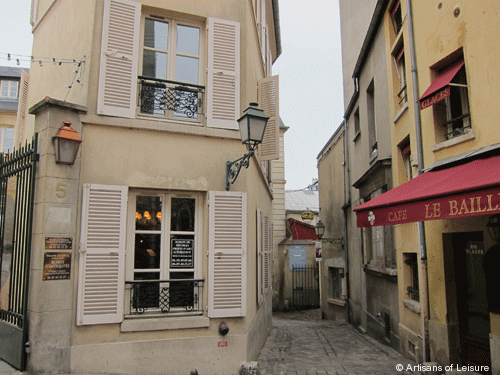
King Louis XIV created the new town of Notre-Dame in the 17th century to provide a suitable context for his palace. He laid out a rigid building code that still informs much of the look of the neighborhood, which includes the main Versailles food market and a large antiques district.
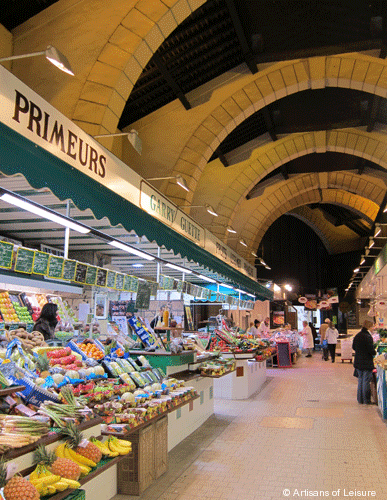
In 1669, King Louis XIV issued a royal edict to create a market in the Notre-Dame district of Versailles. Ever since, the site has been a lively place to find fruit, vegetables, cheese, preserves and other local food products. The current covered market building was put up in 1841. Several days a week, vendors set up additional stalls on the streets outside.
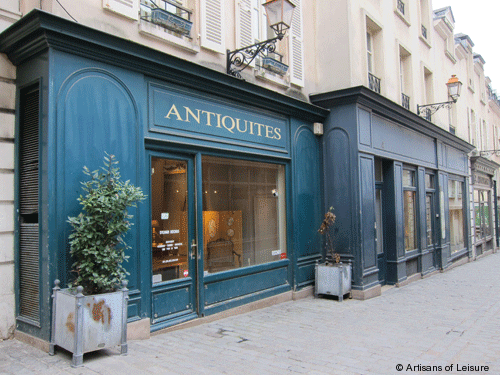
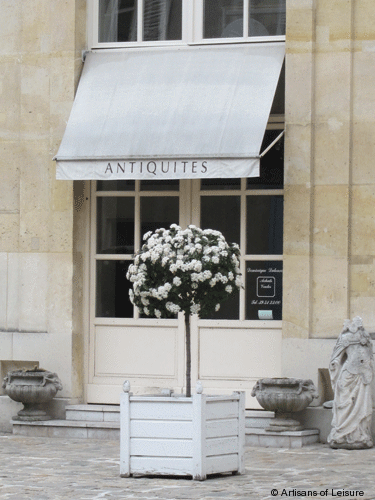
The best place to shop for antiques in Versailles is in the backstreets near the Notre-Dame market. Dozens of antiques dealers lining the Passage de la Geole, which once led to the prison, stock items such as furniture, clocks, jewelry, ceramics, paintings, sculpture and lighting.
The Saint-Louis district is home to the Potager du Roi and a unique grouping of 18th-century residences.
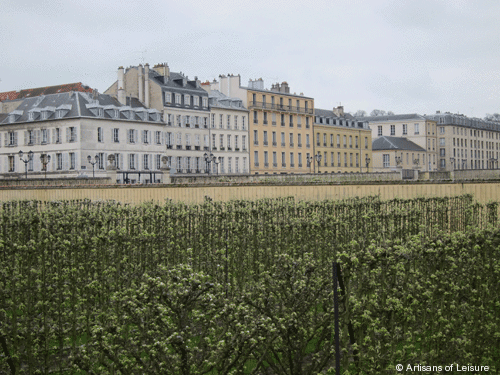
The Potager du Roi, or King’s vegetable garden, was ordered by King Louis XIV and first planted between 1678 and 1683 by visionary gardener Jean-Baptiste de la Quintinie. Set just outside the walls of Versailles Palace, the 22-acre garden is composed of a series of plots, walls and outdoor rooms around a central fountain. Beans, tomatoes, asparagus, strawberries and hundreds of other types of fruits and vegetables grow here, including heirloom varieties. The outdoor rooms create micro climates for orchards of fruit trees, including a figuerie for fig trees, and walls support espaliered pears, peaches, nectarines and kiwifruit.
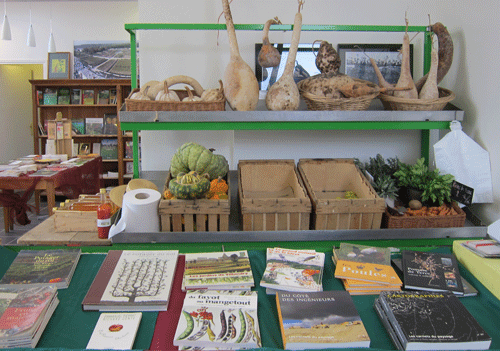
Royal gardeners extended the growing season at the Potager du Roi through creative means such as warm manure, cold frames and green houses. These techniques also allowed them to grow exotic plants such as pineapples, bananas and coffee.
Today, the garden is part of the French national school for landscape architecture. Produce grown on site, as well as juice and preserves made from the fruit and vegetables, can be purchased at the garden and in the Versailles market.
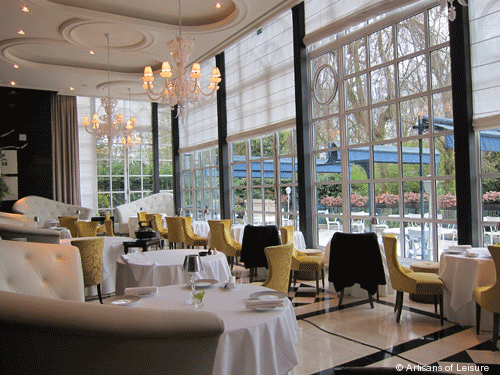
Although Versailles is usually visited as a day tour from Paris, we highly recommend spending a night–or several nights–at The Trianon Palace, a luxurious resort in Versailles. A member of the Waldorf Astoria brand, the hotel occupies historic palace-style buildings on the edge of the extensive grounds surrounding the Petit Trianon. With a spa, pool, nature trails, and highly regarded restaurants (including the Michelin-starred Gordon Ramsay au Trianon restaurant), the resort is wonderful for a romantic getaway or a family vacation.
Contact to begin planning a private France tour.
Tags: active tours, antique shopping, chateau, Chateau de Versailles, day tours, excursions from Paris, family tours, food markets, France tours, French gardens, garden tours, gardens, gourmet restaurants, King Louis XIV, luxury hotels, nature, palace, Paris, private tours, Versailles, Versailles Palace

 MENU
MENU